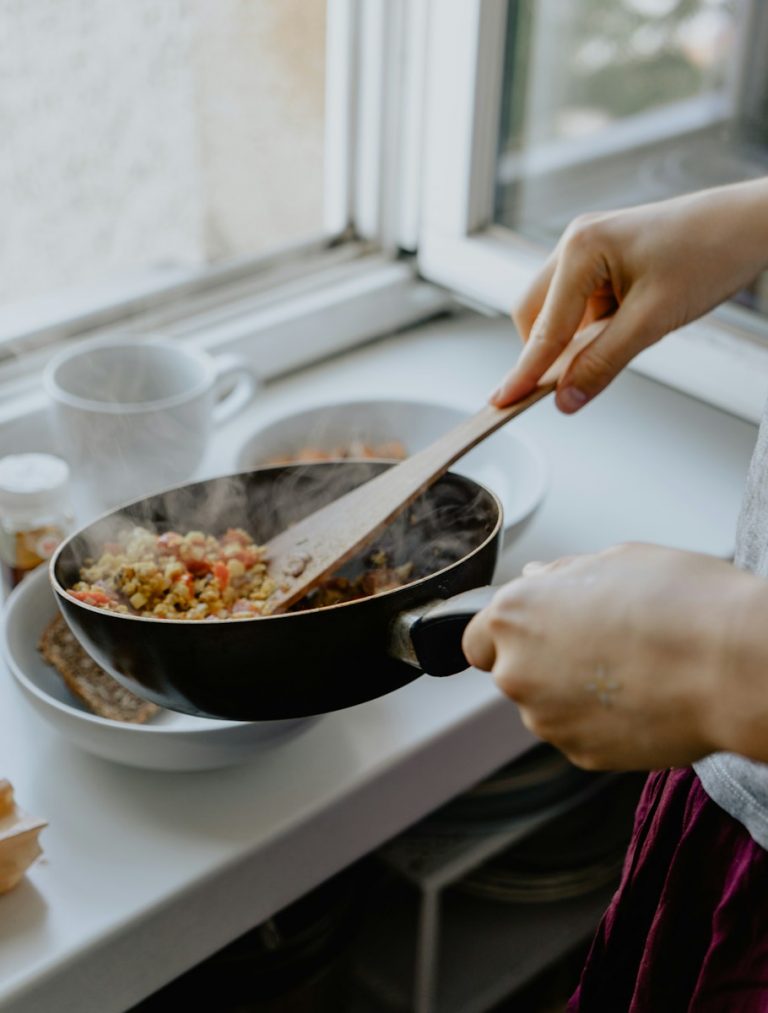Cooking at home can be a rewarding experience, but it can also be overwhelming, especially if you’re aiming for perfection. However, with a few chef-inspired cooking tips up your sleeve, you can elevate your culinary skills and consistently create delectable dishes that will impress your friends and family. In this article, we’ll delve into six essential cooking tips that will help you achieve the perfect meal every time. To enhance your kitchen capabilities, consider investing in a freestanding oven. These versatile appliances offer precise temperature control and ample cooking space, making them an ideal choice for home chefs looking to expand their culinary repertoire.
Story Stages
Quality Ingredients are Key
When it comes to cooking, quality ingredients are the foundation of a great meal. Chefs around the world emphasize the importance of starting with the freshest and finest ingredients available. Whether you’re cooking a simple pasta dish or an elaborate gourmet feast, using high-quality ingredients can make all the difference in the end result.
Begin by sourcing your ingredients from reputable suppliers, local markets, or even growing your own herbs and vegetables if possible. When selecting meats, look for well-marbled cuts, and when it comes to produce, opt for organic or locally sourced options. Remember, a chef’s magic often lies in their ability to enhance the inherent flavors of top-notch ingredients.
As you embark on your culinary journey, pay attention to ingredient quality as your first step toward achieving the perfect meal. In the following sections, we’ll explore additional cooking tips that will further enhance your culinary prowess.
Exploring Various Cooking Techniques, Including Sous Vide
When it comes to culinary excellence, understanding and mastering different cooking techniques is a pivotal step toward creating the perfect meal. While there are countless cooking methods to explore, let’s focus on a few, including the increasingly popular sous vide technique.
Originating from French culinary traditions, sous vide translates to “under vacuum.” This cooking method involves sealing food in an airtight bag and cooking it at a precise, controlled temperature in a water bath. The result is perfectly cooked food with consistent doneness throughout, retaining its natural flavors and moisture. Sous vide cooking is a favorite among professional chefs for its reliability in achieving exceptional results, whether it’s a succulent steak, tender chicken breast, or perfectly poached eggs.
Beyond sous vide, other essential cooking techniques to explore include sautéing, roasting, and grilling. Sauteing involves quickly cooking food in a hot pan with a small amount of oil. It’s perfect for achieving caramelization and maintaining the texture of vegetables or proteins. Roasting entails baking food in the oven at high temperatures. It’s often used for meats and vegetables to develop rich flavors and crispy textures. Grilling means cooking over an open flame or on a grill, which imparts a smoky, charred flavor to ingredients.
Each cooking method offers unique advantages and opportunities to experiment with flavors and textures. Incorporating a variety of techniques into your culinary repertoire will enhance your ability to create the perfect meal tailored to your preferences and the occasion.
Mastering Knife Skills for Precision and Efficiency
One of the fundamental skills that set professional chefs apart is their mastery of knife skills. A well-honed knife technique not only ensures precision in cutting but also enhances your efficiency in the kitchen. Whether you’re chopping vegetables, deboning poultry, or slicing delicate herbs, proper knife skills can elevate your cooking game to a whole new level.
To achieve knife mastery, start with a good set of knives, including a chef’s knife, paring knife, and serrated knife. High-quality, sharp blades make all the difference in your cutting precision. Familiarize yourself with fundamental cuts like dicing, mincing, julienne, and chiffonade. Each cut serves a specific purpose and can elevate the presentation of your dishes.
Safety is crucial when handling sharp knives. Always use a stable cutting board, maintain a firm grip on the knife handle, and keep your fingers tucked away from the blade’s path. Regularly sharpen your knives using a honing rod or a whetstone to ensure they stay razor-sharp. A dull knife is not only less efficient but also more dangerous. As you practice, aim to improve your cutting speed while maintaining consistent, uniform slices.
The Art of Seasoning and Flavor Balance
Once you’ve got your ingredients prepped and your cooking techniques down pat, the next crucial step in achieving the perfect meal is mastering the art of seasoning and flavor balance. Seasoning goes far beyond simply adding salt and pepper; it’s about harmonizing a symphony of tastes that will tantalize your taste buds.
To excel in this aspect, experiment with various herbs, spices, and seasonings to enhance your dishes. Learn how to balance the four primary taste profiles: salty, sweet, sour, and bitter. Understanding the interplay of these flavors can take your culinary creations from good to exceptional.
